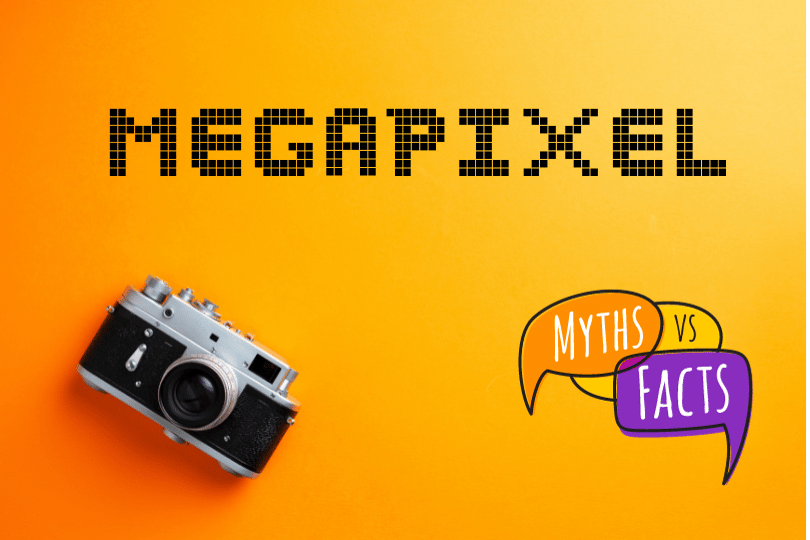In the dynamic world of smartphone technology, the megapixel count of a phone’s camera is often misunderstood. Many consumers equate a higher megapixel count with better photo quality. However, the truth is more complex, with multiple factors influencing a phone camera’s performance. This article delves into whether megapixels are the only determinant of phone camera quality.

Decoding Megapixels:
Megapixels denote the number of pixels in an image captured by a camera. Theoretically, more megapixels mean more image detail. Smartphone manufacturers often highlight megapixel numbers as a marketing tactic, leading consumers to believe that more megapixels equal better photos.
Megapixels and Image Detail:
While megapixels contribute to the potential resolution of an image, they aren’t the sole factor affecting photo quality. The size and quality of individual pixels, along with the camera’s sensor and lens technology, are equally important. A high megapixel count on a small sensor can lead to pixel overcrowding, causing issues like noise and reduced low-light performance.
Low-Light Performance:
In low-light conditions, pixel size becomes critical. Larger pixels capture more light, enhancing the camera’s performance in challenging lighting situations. Some modern smartphones use larger pixels, trading off megapixel count for improved low-light performance. This shows the importance of a balanced approach, considering both pixel size and count, for optimal camera performance.
Sensor Quality:
The camera sensor, which captures and processes light to create an image, is a key component. A larger sensor generally offers better light sensitivity and improved dynamic range. Manufacturers who prioritize sensor quality often produce cameras that capture more realistic and vibrant images, regardless of the megapixel count.
Post-Processing and Software Optimization:
Software plays a significant role in image processing. Advanced computational photography techniques, including image processing algorithms and artificial intelligence, greatly affect the final output. Some smartphones with lower megapixel counts can produce stunning photos through effective post-processing and optimization.
Real-World Performance:
In real-world scenarios, the quality of a phone camera results from the harmonious interplay of various factors. A higher megapixel count alone doesn’t guarantee superior photo quality. Users should consider a combination of factors, including sensor size, pixel quality, lens technology, and software optimization, when evaluating a phone’s camera capabilities.
While megapixels contribute to a phone camera’s potential resolution, they aren’t the only determinant of photo quality. Factors such as pixel size, sensor quality, lens technology, and software optimization collectively contribute to the overall camera performance. When evaluating new smartphones, it’s crucial for consumers to look beyond the megapixel count and consider the comprehensive approach manufacturers take to deliver a truly high-quality camera experience.

















Leave a Reply